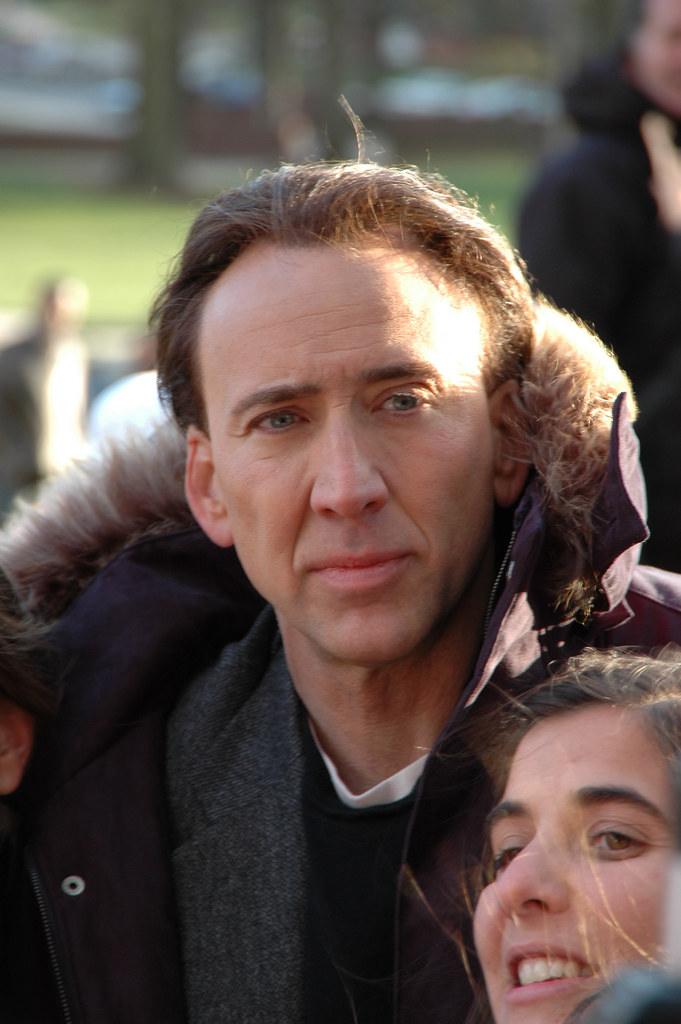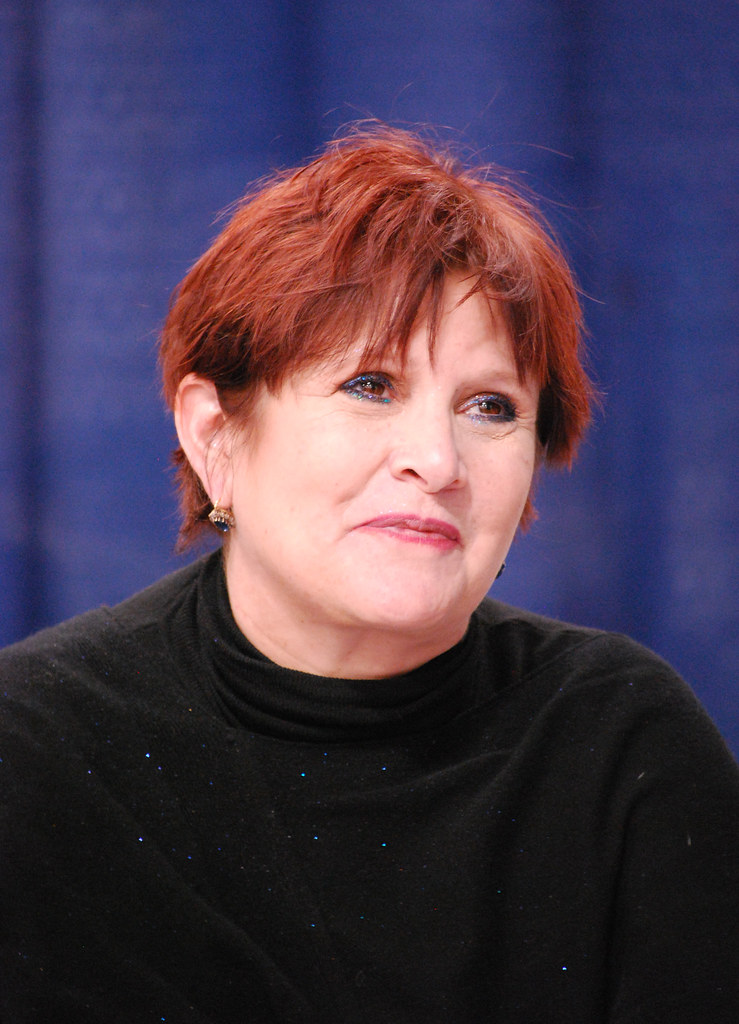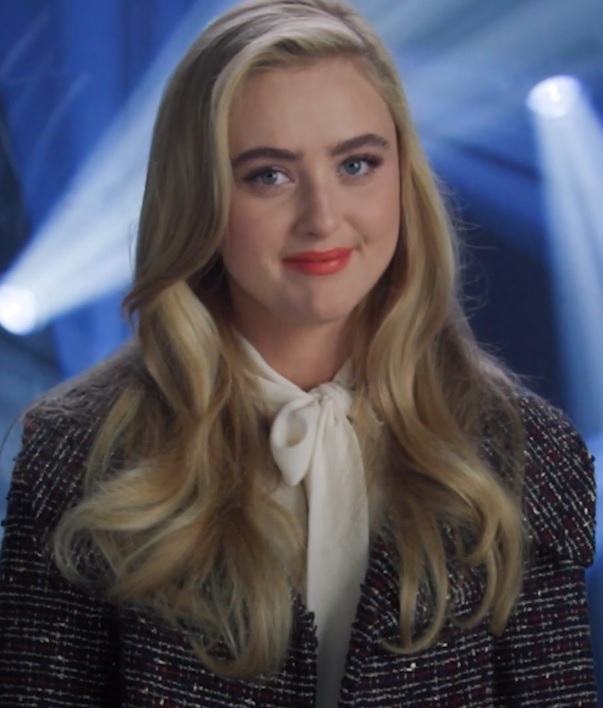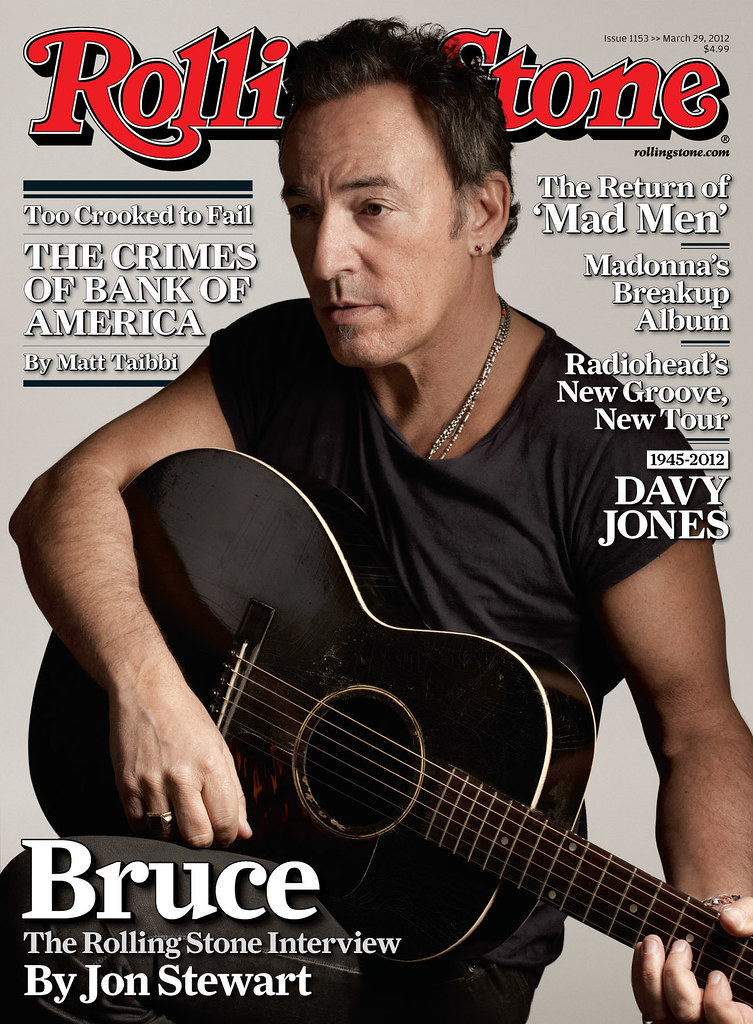
Hollywood is a land of legends and larger-than-life performances, where actors often push boundaries to bring their characters to life with astonishing depth. We’ve all heard countless tales of intense method acting, grueling shoots, and the sheer dedication stars pour into their craft, transforming themselves physically and emotionally for a role. These commitments are often lauded, showcasing the incredible artistry that goes into making cinematic magic.
But what happens when the line between performance and reality blurs in an entirely different, more unconventional way? It’s not the first thing you think about when you’re caught up in a gripping scene or a hilarious moment, but sometimes, the “acting” isn’t entirely acting. The annals of cinema are surprisingly filled with instances where A-listers, either by choice or circumstance, found themselves a little (or a lot) under the influence while the cameras were rolling. These aren’t just whispers of on-set gossip; these are stories straight from the sets, often confirmed by the stars or directors themselves, offering a fascinating peek behind the curtain.
From nervous sips to full-blown method immersions, these moments of genuine intoxication have undeniably contributed to some of the most memorable—and sometimes legitimately chaotic—scenes in movie history. These aren’t always tales of irresponsibility but rather unique situations that resulted in raw, unfiltered performances, or simply legendary behind-the-scenes anecdotes that have become part of film lore. We’re diving deep into ten such incredible tales, breaking down the surprising circumstances behind these legendary “wasted” performances. Let’s kick things off with the first five, exploring the wild realities behind the silver screen’s most unguarded moments.

1. **Jennifer Lawrence – Passengers (2016)**
Kicking off our list is one of Hollywood’s most beloved and relatable stars, Jennifer Lawrence, caught in a scenario that many might find surprisingly understandable. Filming an intimate love scene is undoubtedly one of the most awkward and challenging parts of an actor’s job, requiring immense vulnerability and trust. This discomfort can be amplified, however, when there’s an extra layer of real-life complexity involved, adding pressure beyond the typical demands of a script.
For Lawrence, this unique challenge came during the production of the 2016 science fiction romance, *Passengers*. While audiences are engrossed in the on-screen chemistry, they rarely consider the personal feelings and boundaries of the actors. The specific source of her unease stemmed from her co-star, Chris Pratt, being married at the time to Anna Faris, a detail that weighed heavily on Lawrence.
Lawrence reportedly felt intensely nervous about filming the love scene with Pratt, highlighting the profound personal anxieties that can accompany such professional demands. This wasn’t just about hitting marks or delivering lines; it was about navigating a deeply personal discomfort that required an unconventional solution. Her honesty about the situation made it clear that some scenes demand more than just acting talent.
To cope with her apprehension, Lawrence resorted to what she openly described as needing “a little bit of liquid courage.” Before tackling the intimate sequence, she took some drinks, a candid admission that vividly reveals the pressure and vulnerability actors often face in such scenarios. This wasn’t just a casual sip; it was a deliberate, albeit unusual, effort to overcome a genuinely uncomfortable situation, making her experience incredibly relatable to anyone who has ever needed a little extra push.
In an additional layer of emotional support, Lawrence even called her mom for moral encouragement before going through with the scene. This detail further underscores the personal struggle she navigated, transforming what might seem like a routine film shoot into a moment of genuine emotional fortitude. Ultimately, she powered through, delivering the performance required, but not without these very human, very public acknowledgments of her process. It certainly makes you view that particular scene with a whole new, more empathetic perspective, recognizing the human element behind the glamour.
Read more about: Chris Pratt’s Ascent: From Sitcom Charmer to Global Megastar—A Deep Dive into the Man Behind the Marvel Legend

2. **Brad Pitt & Edward Norton – Fight Club (1999)**
David Fincher’s *Fight Club* is a cinematic masterpiece, renowned for its layered narrative, subversive themes, and a twist that redefined psychological thrillers for a generation. Fans endlessly dissect the film, searching for every subtle clue about the true nature of the Narrator and Tyler Durden’s enigmatic, intertwined relationship. Yet, beyond the deep philosophical questions and iconic dialogue, there’s another fascinating layer to the movie’s intense production that reveals the real-life camaraderie, and perhaps a touch of mischief, between its two leading men.
Brad Pitt and Edward Norton, portraying arguably one of cinema’s most compelling and complex duos, reportedly forged a strong bond off-screen during the grueling production of the film. Their genuine rapport and friendship, far from being just professional, famously spilled over into some legendary antics. One particular incident stands out, captured forever on film, that perfectly illustrates their bond and perhaps a touch of unscripted on-set recklessness.
The scene in question involves the two characters golfing, an apparently innocuous activity that masked a much wilder reality behind the cameras. The pair’s excellent relationship during production led to some casual drinking, which, as often happens when spirits are high and inhibitions are lowered, escalated into something more audacious. What started as a seemingly friendly game of golf quickly devolved into an impromptu target practice session, with Pitt and Norton shooting golf balls at the catering trucks parked nearby.
This unplanned, alcohol-fueled escapade wasn’t just a behind-the-scenes anecdote destined for DVD extras; director David Fincher, known for his meticulous eye for detail and his ability to harness raw energy, was astute enough to recognize the authentic, unbridled chemistry unfolding before him. He saw something special in their spontaneous rebellion, a genuine reflection of the anarchic spirit of their characters.
To his immense credit and filmmaking genius, Fincher made the decision to film Pitt and Norton in this unscripted moment, allowing their genuine intoxication and camaraderie to shine through. The sheer spontaneity and mischievous joy radiating from the screen are palpable, adding an undeniable layer of realism and unpredictability to their characters’ rebellious spirit. The inclusion of this genuinely “wasted” moment in the final cut is a testament to Fincher’s vision and the undeniable chemistry between Pitt and Norton, proving that sometimes, the best cinematic moments are entirely unplanned and perfectly human.
Read more about: Ahead of Their Time: 14 Cinematic Gems That The Box Office Ignored But Are Now Legendary

3. **Sandra Bullock, Nicole Kidman, Stockard Channing, & Dianne Wiest – Practical Magic (1998)**
The trope of “girl time” — a group of women letting loose, singing, and dancing without their significant others — is a beloved cinematic staple, one that resonates deeply with audiences. It evokes a powerful sense of freedom, camaraderie, and pure, unadulterated fun, often serving as a pivotal moment of bonding and empowerment in a film. While this cinematic cliché might feel well-worn today, back in 1998, *Practical Magic* offered a wonderfully fresh and vibrant example, particularly in one unforgettable sequence that has since become a cult classic.
The film, which masterfully blends romance, fantasy, and the enduring strength of sisterhood, features a now-iconic “midnight margaritas” scene. In this sequence, the Owens sisters and aunts gather, celebrating their unbreakable bond with generous drinks, spirited music, and unrestrained dancing. It’s a moment of pure, joyous escapism that perfectly captures the spirit of sisterly support and defiant independence against the backdrop of their unique, magical lives, enchanting viewers with its heartfelt energy.
What makes this scene truly legendary, however, is the revelation that the “shenanigans” captured onscreen were, in part, genuinely fueled by alcohol. It’s a behind-the-scenes tidbit that adds a delightful layer of authenticity to the already beloved sequence. Outlets like *People Magazine* have since confirmed that at least two of the film’s leading ladies, Nicole Kidman and Sandra Bullock, were “legitimately wasted” during the filming of this pivotal scene. Their on-screen exuberance, it turns out, was more than just stellar acting; it was a vibrant reflection of their real-life imbibing, allowing their true personalities to shine.
Imagine the atmosphere on set: a magically adorned house, a group of incredibly talented actresses, and a flowing supply of margaritas creating an uninhibited environment. The natural chemistry between Bullock and Kidman, already palpable and infectious, was undoubtedly amplified by their relaxed, inebriated state, leading to genuine laughter and spontaneous movements. This genuine looseness translated directly to the screen, lending an authentic, infectious energy to their performances that might have been impossible to replicate through acting alone, no matter how skilled.
And what about their esteemed co-stars, Stockard Channing and Dianne Wiest? While specific details about their individual alcohol consumption during the scene aren’t explicitly stated, with “all of that alcohol flying around,” it’s certainly a safe bet to assume they were equally caught up in the spirited fun and revelry. The raw, uninhibited joy radiating from the “midnight margaritas” scene is a testament to a production where the actors truly embraced the spirit of the moment, creating a piece of cinematic magic that feels as authentic as it is enchanting and enduring.
4. **John Candy – Splash (1984)**
John Candy, a comedic genius whose heartwarming and hilarious performances are indelibly etched into the fabric of Hollywood history, starred in many beloved films, leaving behind a legacy of laughter and charm. One such classic is the 1984 fantasy romantic comedy *Splash*, a film that not only launched the careers of Tom Hanks and Daryl Hannah but also brilliantly showcased Candy’s inimitable talent for physical comedy and endearing character work. However, one specific scene in *Splash* carries a truly surprising backstory, revealing a moment where Candy’s performance was influenced by more than just his remarkable acting skills.
During a recent “Covid-era look back at classic movies,” hosted by Josh Gad, director Ron Howard shared a captivating anecdote about the making of *Splash*. Howard, renowned for his calm demeanor and meticulous approach to filmmaking, revealed a spontaneous incident involving the late, great John Candy that provided a rare glimpse into the unpredictable nature of film sets and the very human element behind iconic cinematic moments. It was a story that immediately entered the pantheon of Hollywood lore.
The tale unfolds on one particular day when John Candy, on his way to the *Splash* set, had a chance encounter with none other than the legendary Jack Nicholson. It seems one drink led to another, as often happens when creative minds connect and get comfortable in a relaxed setting. This seemingly innocent meet-up quickly turned into an unexpected pre-work celebration, leaving the usually reliable and professional Candy in a rather altered state by the time he arrived for filming, much to his own likely amusement and perhaps slight chagrin.
Consequently, when it came time to shoot the film’s memorable racquetball sequence, Candy was “severely under the influence.” This wasn’t a planned method acting choice or a deliberate attempt to infuse chaos into the scene; it was simply the result of an unplanned, spontaneous day that simply spiraled into an unexpected detour. Yet, despite being intoxicated, Candy proceeded with the filming, showcasing his dedication and perhaps a touch of his natural comedic brilliance even in a compromised state, proving his innate talent.
The fact that such a beloved comedic actor, typically known for his professionalism and heartwarming demeanor, delivered a scene while “severely under the influence” adds a fascinating layer to the enduring legacy of *Splash*. It speaks to the raw, sometimes messy reality of filmmaking, where life can imitate art in the most unexpected and amusing ways. This candid anecdote, shared by Ron Howard, ensures that the racquetball scene in *Splash* will forever be remembered not just for its laughs, but for the wild story behind its creation, cementing John Candy’s legend even further as an icon who was always game, no matter the circumstances.

5. **Jack Nicholson – Easy Rider (1969)**
When we talk about Hollywood legends who truly embody a certain rebellious spirit and an unbridled approach to their craft, Jack Nicholson’s name inevitably rises to the very top of the list. His career is replete with iconic, often unhinged, performances that defy convention and captivate audiences with their raw intensity. One of his earliest and most defining roles came in the groundbreaking 1969 counter-culture classic, *Easy Rider*, a film that epitomized a generation’s quest for freedom and self-discovery on the open road. It was during this pivotal production that Nicholson truly embraced the ethos of his character, in a way that left an indelible mark on cinematic history and his own burgeoning legend.
Nicholson’s character, George Hanson, a sharp-witted civil liberties lawyer encountered by the two protagonists on their cross-country journey, is a man deeply entrenched in the era’s counter-culture and its associated lifestyle. Hanson possesses a clear fondness for alcohol, a character trait that Nicholson reportedly replicated with authentic gusto. The script called for Hanson to drink on screen, and Nicholson reportedly imbibed “the real stuff,” blurring the lines between character portrayal and actual experience, thereby adding a raw, unfiltered edge to his already compelling performance.
Beyond alcohol, Hanson’s character also gets “stoned on-screen” in pivotal scenes, reflecting the prevalent drug culture of the late 1960s. This wasn’t just an act for Nicholson; he genuinely partook in the on-screen substance use, a bold and immersive choice that few actors would make. This method approach, while perhaps unconventional by today’s meticulous standards, was integral to capturing the gritty realism and free-spirited, often hazy, vibe that *Easy Rider* aimed to convey, making his portrayal feel incredibly authentic and genuinely lived-in.
In a staggering revelation to *Time Magazine* in 2012, Nicholson openly admitted to having smoked “about 155 joints during the production of *Easy Rider*.” This astonishing figure speaks volumes about the immersive nature of his acting process for the film, and the pervasive culture surrounding the production at the time. It wasn’t just about a single scene or a few moments of improvisation; it was a sustained, deep dive into the alternative lifestyle his character represented, reflecting a true commitment to the role.
The profound impact of Nicholson’s genuine intoxication on his performance in *Easy Rider* is undeniable and widely recognized. As the context states, “it certainly shows in the final product: it looks like a legitimately wild time,” capturing the unrestrained, spontaneous energy of the era. His uninhibited, slightly off-kilter portrayal of George Hanson earned him an Academy Award nomination for Best Supporting Actor, solidifying his status as a major, formidable talent. This raw, unfiltered approach not only helped cement *Easy Rider* as a pivotal piece of American cinema but also established Nicholson’s performance as one of the most iconic “wasted” turns ever to grace the silver screen.
Having pulled back the curtain on the first half of our list, it’s clear that sometimes, the magic on screen isn’t just about acting; it’s about embracing the unexpected and, occasionally, the totally unscripted. We’ve seen how everything from nervous jitters to spontaneous camaraderie can lead to performances that transcend mere craft. Now, let’s continue our journey into the wild side of Hollywood, exploring five more unforgettable instances where actors took their roles to a whole new level by genuinely embracing real-life intoxication. Get ready for more legendary tales from behind the scenes, where the chaos was real and the authenticity, undeniable.

6. **Billy Bob Thornton – Bad Santa (2003)**
When it comes to holiday movies, *Bad Santa* stands in a league of its own, gleefully subverting every saccharine expectation of the genre. Billy Bob Thornton’s portrayal of Willie Soke, a foul-mouthed, perpetually inebriated mall Santa, is nothing short of iconic, defining a new kind of anti-hero for Christmas cinema. This isn’t your grandmother’s Saint Nick; this is a character drenched in cynicism, bad habits, and a constant thirst for the next drink, making for a truly memorable, if morally questionable, holiday experience.
What makes Thornton’s performance so utterly convincing is the startling revelation that his portrayal of a highly inebriated Santa was, at times, fueled by actual alcohol. We’re talking about real-life boozing, with wine and beer reportedly consumed on set before the final takes were in the can. This wasn’t just a stylistic choice; it was an immersion that went beyond the typical demands of method acting, bringing an undeniable, raw authenticity to Willie’s shambolic existence. It made the character feel genuinely lived-in, a true embodiment of skid row charm.
The result is a film that feels legitimately gritty and unpolished, perfectly capturing the spirit of its title. Thornton’s ability to navigate complex scenes while reportedly under the influence speaks volumes about his seasoned acting prowess, even as it adds a layer of scandalous allure to the production. The slurred words, the slightly unfocused gaze, the general air of a man barely holding it together—all these elements were amplified by his real-time state, contributing immensely to the film’s cult status.
This isn’t to say that every actor should try this at home, but in Thornton’s case, it undeniably paid off. His commitment to making Willie Soke as believable as possible, even by unconventional means, cemented the character as one of cinema’s most beloved scoundrels. *Bad Santa* remains a hilarious and unapologetically ‘scummy’ movie, and a significant part of its enduring appeal lies in the genuine, unvarnished chaos that Billy Bob Thornton brought to his role, making us all love a little bit of bad behavior.
His performance anchors the entire movie, giving it a particular kind of sleaze that’s just shy of hopeless, yet still retains a touch of charm. It’s a delicate balance to strike, and Thornton, with his unique approach, made it look effortless. The film wouldn’t have had the same visceral impact without that raw, edgy quality he embodied, which was undeniably enhanced by his personal choices on set.

7. **Nicolas Cage – Leaving Las Vegas (1995)**
Nicolas Cage is an actor known for his intense, often grandiose performances, pushing the boundaries of what’s considered conventional in Hollywood. However, in *Leaving Las Vegas*, he delivered a portrayal that was so raw, so unflinchingly real, it earned him the coveted Academy Award for Best Actor. His role as Ben Sanderson, a screenwriter determined to drink himself to death in the neon-soaked wasteland of Las Vegas, required a level of immersion that few actors would dare to attempt, blurring the lines between character and actor in a truly profound way.
Cage’s method approach to becoming Ben Sanderson was, to put it mildly, extreme. The character’s singular intention upon arriving in Vegas is to consume a fatal amount of alcohol, and Cage reportedly mirrored this commitment by drinking real alcohol during many of the film’s scenes. This wasn’t about faking it for the camera; it was about truly understanding and embodying the physical and mental states of profound intoxication, lending an unparalleled authenticity to his performance that shocked and captivated audiences.
One particularly memorable instance of this involved a scene where Ben freaks out in a casino, culminating in his dramatic ejection by security. The chaos, the desperation, the erratic behavior – all of it felt startlingly genuine because Cage was reportedly under the influence while filming. It’s the kind of commitment that makes you question how much of the performance is acting and how much is a direct reflection of a temporary, real-life state, creating a deeply unsettling and powerful viewing experience.
The end results of Cage’s immersive process are undeniably felt throughout the film. The portrayal feels legitimately crazed and chaotic, pulling the audience into Ben’s spiraling descent with a visceral force. His performance captures the tragic beauty and horrifying self-destruction of a man lost to addiction, creating a character study that resonates deeply because of its palpable realism. It’s a testament to Cage’s bravery and willingness to go to the darkest places for his art.
*Leaving Las Vegas* stands as a monumental achievement in Cage’s career, not just for the Oscar it garnered, but for the sheer audacity of his performance. It remains a stark reminder that some roles demand an honesty so profound, so uncomfortable, that actors must find unconventional ways to reach that emotional and physical truth. The raw, unflinching nature of his portrayal continues to haunt viewers, solidifying its place as one of the most powerful depictions of addiction ever put to film, precisely because of its harrowing authenticity.
Read more about: Nicolas Cage: A Deep Dive into the Unparalleled Career of Hollywood’s Most Enigmatic Star, from Oscar Gold to Genre-Defying Roles

8. **Margot Robbie – The Wolf of Wall Street (2013)**
Martin Scorsese’s *The Wolf of Wall Street* is a high-octane rollercoaster ride through excess, greed, and debauchery, perfectly capturing the hedonistic world of Jordan Belfort. Amidst the financial scheming and rampant indulgence, Margot Robbie delivered a breakout performance as Naomi Lapaglia, Belfort’s stunning and fiercely independent wife. Her portrayal required a unique blend of vulnerability, strength, and an ability to hold her own against Leonardo DiCaprio’s whirlwind performance, especially during their intense and intimate scenes.
Shooting love scenes, particularly those involving nudity, can be incredibly stressful for actors. There are countless moving parts, from intricate camera angles to sensitive emotional dynamics, often requiring intimacy coordinators to ensure everyone feels comfortable and safe. However, in a move that speaks volumes about her approach to breaking through the discomfort, Robbie chose a rather unconventional method to prepare for one of her most pivotal, revealing scenes with DiCaprio.
Facing a major love scene, Robbie reportedly opted for a little “liquid courage” to calm her nerves and get into the right headspace. It wasn’t a complex ritual; a few shots of tequila were reportedly all it took to help her feel comfortable enough to shoot what audiences ultimately saw on screen. This candid admission highlights the immense pressure actors face in such situations and the very human ways they sometimes cope with it.
The bravery and boldness of Robbie’s performance, especially for a young actor relatively new to American cinemas at the time, were undeniable. The scene is not only visually striking but also emotionally charged, showcasing Naomi’s fierce personality and unwavering confidence. Her choice to loosen up with tequila arguably contributed to the uninhibited, raw energy that made her portrayal so impactful and memorable.
Ultimately, Robbie’s performance in *The Wolf of Wall Street* catapulted her to international stardom, and her willingness to tackle challenging scenes with such candidness became part of her burgeoning legend. It’s a fantastic example of how sometimes, embracing a moment of genuine vulnerability, even if aided by a few spirits, can lead to a truly electrifying and unforgettable cinematic experience, cementing her status as a formidable talent capable of holding her own.

9. **Carrie Fisher & Harrison Ford – Star Wars: Episode V The Empire Strikes Back (1980)**
For *Star Wars* fans, the undeniable chemistry between Princess Leia and Han Solo in *The Empire Strikes Back* is the stuff of legend. Their banter, their longing glances, and their iconic “I know” exchange are etched into cinematic history. But what if we told you that some of that undeniable spark in Cloud City might have been fueled by something a little less galactic and a lot more terrestrial? It turns out that even heroes in a galaxy far, far away aren’t immune to the allure of a late night out.
Imagine this: you’re one of the stars of the biggest movie franchise in the world, and you’ve got a massive day of shooting ahead of you. What do you do? If you’re Carrie Fisher and Harrison Ford, you might just find yourselves out on the town with some truly legendary company. The story goes that before filming their crucial scenes in Cloud City, Fisher and Ford were reportedly hanging out with none other than Monty Python’s Eric Idle and members of The Rolling Stones.
This wasn’t just a quick drink; this was reportedly a full-blown, all-night party. Picture the scene: two of the galaxy’s most beloved figures, rubbing shoulders with comedic geniuses and rock and roll icons, all while the clock ticks closer to their call time. It’s a celebrity anecdote that perfectly encapsulates the wild, uninhibited spirit of the era, and the kind of unforgettable experiences that only Hollywood can offer.
Fast forward to Han and Leia’s arrival at Lando Calrissian’s facility, and what you see on screen are two actors who, by all accounts, were still feeling the very real effects of that long, crazy evening. Their slightly weary demeanor, that subtle edge of exhaustion, and perhaps an extra layer of relaxed interaction could all be attributed to the lingering aftermath of their epic night out. It adds a fascinating, human dimension to characters who are often seen as larger than life.
While this might not have been a deliberate method acting choice, it undoubtedly contributed to the unique, lived-in feel of their performances in those scenes. It’s a reminder that even Hollywood royalty are just people, and sometimes, the best on-screen chemistry comes from genuine, unplanned moments of exhaustion and exhilaration. It’s a legendary tale that makes us appreciate the human element behind the iconic heroes of *Star Wars* even more, adding another layer to the enduring magic of *The Empire Strikes Back*.

10. **Martin Sheen – Apocalypse Now (1979)**
Francis Ford Coppola’s *Apocalypse Now* is a cinematic titan, a harrowing journey into the heart of darkness that pushed filmmaking to its absolute limits. The production itself was legendary for its grueling conditions, often reflecting the psychological chaos depicted on screen. Among the many trials faced by the cast and crew, Martin Sheen’s performance as Captain Benjamin L. Willard stands out, not just for its intensity, but for the profound personal struggles that bled into the very fabric of the film, culminating in one of cinema’s most unforgettable and disturbing scenes.
The Filipino shooting locations were far from hospitable in 1979, presenting a formidable challenge to everyone involved. Adding to this already arduous environment, Martin Sheen was battling his own demons, specifically struggles with substance use disorder during this period of his life. This personal turmoil would famously manifest itself on screen, giving his portrayal of Willard an almost unbearable sense of raw vulnerability and genuine despair.
One striking sequence, filmed on Sheen’s birthday, captures this brutal honesty with an unsettling clarity. In the scene, his character, Captain Willard, is heavily intoxicated, grappling with his inner demons in a hotel room. As the camera rolls, Willard angrily smashes a mirror and, in a moment of raw, unscripted intensity, genuinely hurts his hand. This wasn’t a special effect or a stunt; it was the chilling product of Sheen being legitimately drunk while shooting the scene, blurring the lines between the character’s breakdown and the actor’s real-life struggle.
The raw, uninhibited nature of this moment is palpable, serving as a visceral testament to the film’s unflinching realism. Sheen’s authentic intoxication added layers of physical and emotional truth to Willard’s despair, making the character’s torment profoundly unsettling for the audience. It’s a powerful, almost voyeuristic glimpse into a mind unraveling, intensified by the knowledge that what we’re witnessing is far more than just brilliant acting; it’s a moment of stark, terrifying reality captured on film.
This scene, a dark jewel in the crown of *Apocalypse Now*, underscores the film’s reputation for pushing boundaries and its willingness to embrace the chaotic elements of its production. Martin Sheen’s courageous, albeit intensely personal, commitment to his role, allowing his own struggles to inform Willard’s unraveling, cemented his performance as one of the most powerful and genuinely “wasted” turns in movie history. It’s a testament to the fact that sometimes, the most profound cinematic moments emerge from the depths of human experience, even when they are born from genuine hardship.
Read more about: From Haunting Epics to Surreal Journeys: Unpacking the Top 12 Greatest War Movies of All Time That Will Blow Your Mind
From Jennifer Lawrence needing liquid courage for an intimate scene to Martin Sheen’s harrowing, intoxicated breakdown, these tales lift the veil on Hollywood’s wilder side. They show us that sometimes, the most compelling performances aren’t born solely from a script or a director’s vision, but from the raw, unpolished, and sometimes genuinely inebriated moments when actors truly let go. It’s a reminder that behind the flawless veneer of the silver screen, there’s a fascinating, unpredictable human element at play, creating movie magic in ways we could never have imagined. Which of these iconic performances surprised you the most, and what other “unconventional” acting methods do you think made cinematic history? Let us know in the comments below!



